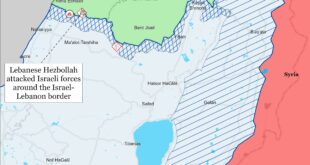Croatia will be divided statistically into two regions from next year, instead of three, to better exploit EU funds worth almost 14 billion euro by 2020, the government announced.Regional development and EU funds minister Branko Grcic said on Wednesday that establishing two statistical regions, Continental and Adriatic, instead of the current three, will enable every part of Croatia to access EU money under equal conditions.The Continental region will comprise 14 counties with about 2.5 million inhabitants while the seven coastal counties with approximately 1.5 million inhabitants will form the Adriatic region.
So far, the country has been divided already into three statistical regions. But the government agreed with the European Comission that the new solution, which will come into force on January 1 next year, will enable better use of EU development funds.
Foreign minister Vesna Pusic said that the EU’s 2014-2020 budget allows Croatia to withdraw up to 14 billion euro if local authorities offer credible projects.
“That sum is approximately [equal to] one annual Croatian budget. Every city and place can develop with that money until 2020. Who doesn’t develop by then will never develop,” Pusic said.
However, the ruling party in the eastern region of Slavonia, the Croatian Democratic Assembly of Slavonia and Baranja, HDSSB, criticized the decision, claiming that it would harm Slavonia’s ability to pull in European money.
“This is the politics of giving to the rich and taking from the poor,” the HDSSB MP Dinko Buric said.
He said that the Slavonian local authorities won’t have the financial ability to compete with the capital, Zagreb, which will form part of the Continental region.
The new statistical division of the country will not influence the current administrative organisation of Croatia, which is widely regarded as disfunctional and expensive.
The country of little more than 4 million inhabitants has 21 counties, 121 cities and 419 municipalities, each of which has its own budget and administration.
According to official data, about 40 per cent of the cities and municipalities can’t finance themselves, so the state budget has to allocate money for them.
Incomes of local officials alone cost the country about 5 billion kuna (700 million euro) anually.
 Eurasia Press & News
Eurasia Press & News



